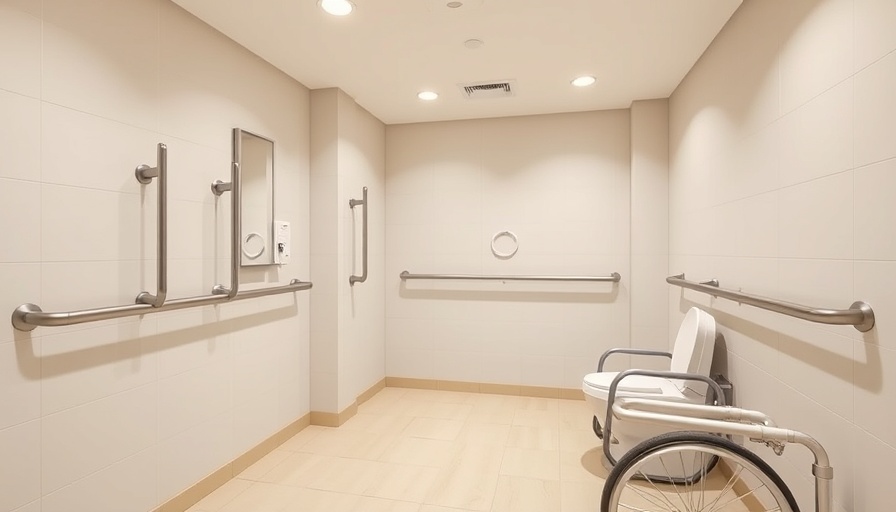
The Importance of Wheelchair-Friendly Bathrooms
Creating a wheelchair-friendly bathroom is not merely a matter of convenience, but a crucial step towards enhancing the quality of life for individuals experiencing mobility challenges. In a world where accessibility is often overlooked, simple enhancements can make a significant difference. The aim is to ensure that every user, regardless of their ability, can navigate the space with confidence and comfort.
Understanding Accessibility Standards
Before embarking on any enhancements, understanding the basic wheelchair accessibility standards set forth by the Americans with Disabilities Act (ADA) is crucial. These guidelines detail dimensions and features that must be adhered to, ensuring safety and comfort for wheelchair users. For instance, doorways should be a minimum of 32 inches wide to allow for easy passage, while a turning radius of at least 60 inches provides ample space for movement.
Essential Features for Enhanced Accessibility
The installation of vital features can transform ordinary bathrooms into accessible spaces. One such feature is the roll-in shower, which eliminates hazardous curbs and allows for seamless entry. A shower seat and handheld showerhead further promote independence. Grab bars strategically positioned near the shower, toilet, and sink can significantly enhance stability, making it easier for users to navigate the bathroom.
Modifications to Enhance Functionality
Enhancing a bathroom's accessibility can be achieved without a complete remodel. Simple modifications, such as replacing standard doorknobs with lever-style handles, can make a big difference, especially for those with limited hand strength. Lever handles require less force to open, making it user-friendly for everyone.
Faucet and Storage Solutions
Choosing the right faucet design can also simplify use. Opting for touchless or single-handle faucets allows for easier operation, contributing to a smoother experience in the bathroom. Additionally, modifying storage solutions by installing pull-out shelves ensures that essential items are easily reachable, empowering users with independence.
Benefits of Wheelchair-Friendly Bathrooms
Not only do wheelchair-friendly modifications improve safety and accessibility, but they also foster a sense of dignity for users. Enhanced hygiene features, like higher toilet seats and bidet attachments, contribute to improved hygiene, allowing individuals to maintain their dignity while performing daily tasks. These thoughtful upgrades invite both homeowners and guests to experience a space that is inclusive.
Embracing the Change
For homeowners, modifying a bathroom to be more accessible may seem like a daunting task, but it is a meaningful investment. The changes foster an environment of comfort and ease for individuals using wheelchairs, and promote inclusivity. Understanding the critical aspects of design and adjusting to accommodate mobility challenges can make any home truly welcoming.
Take Action for a Better Bathroom
Improving accessibility within your home, especially in bathrooms, is a decision that can enhance quality of life for everyone. These simple, affordable modifications ensure that all users can navigate their space with independence and comfort. By embracing these changes, homeowners can contribute to a culture of inclusivity that is essential for our communities.
 Add Row
Add Row  Add
Add 




Write A Comment